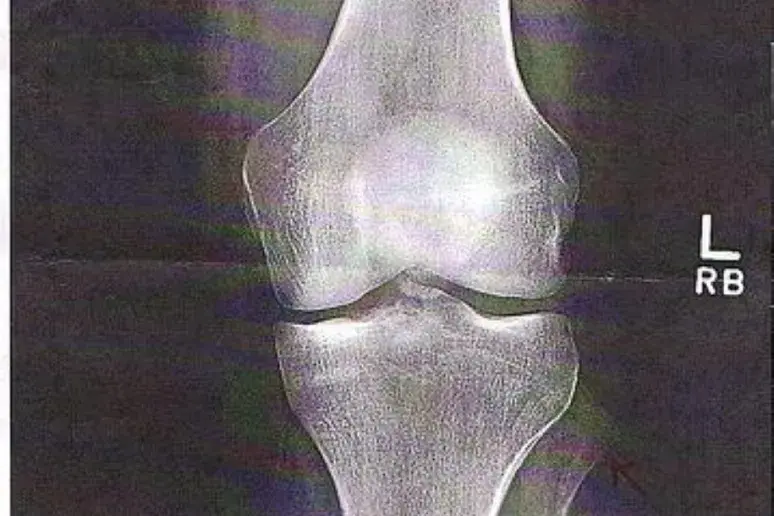
Researchers get closer to explaining bone-weakening disease
As people age they are naturally more prone to fractures and broken bones. However, this risk is heightened if a person has osteoporosis.
The bone-weakening disease is incredibly common in the UK, but researchers have yet to map all of the genes that contribute to the development of the condition, meaning that treatment is limited.
Nonetheless, scientists at the Stanford Prevention Research Centre have discovered 32 previously unknown genetic regions that effect osteoporosis, either by increasing risk or protecting against it.
Dr John Loannidis, chief investigator, commented: "We're learning that the genetic architecture of disease is very complex."
"Each variant conveys a small quantum of risk or benefit. We can't predict exactly who will or won't get a fracture."
While currently the discovery will currently yield no positive treatment outcomes, it is vital in improving the understanding of osteoporosis and creating new research pathways that may lead to the complete mapping of the disease.
Find the nearest Barchester care home.
Find your nearest Barchester care home
With over 200 care homes in the UK, there's always a Barchester care home near you.
